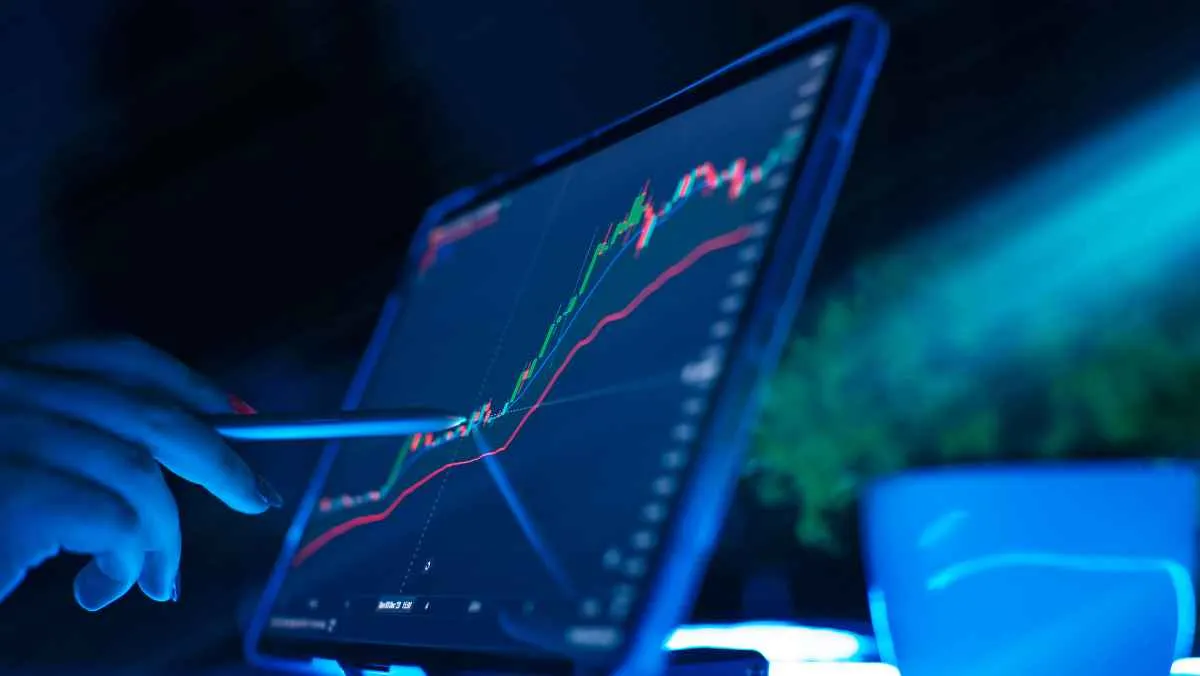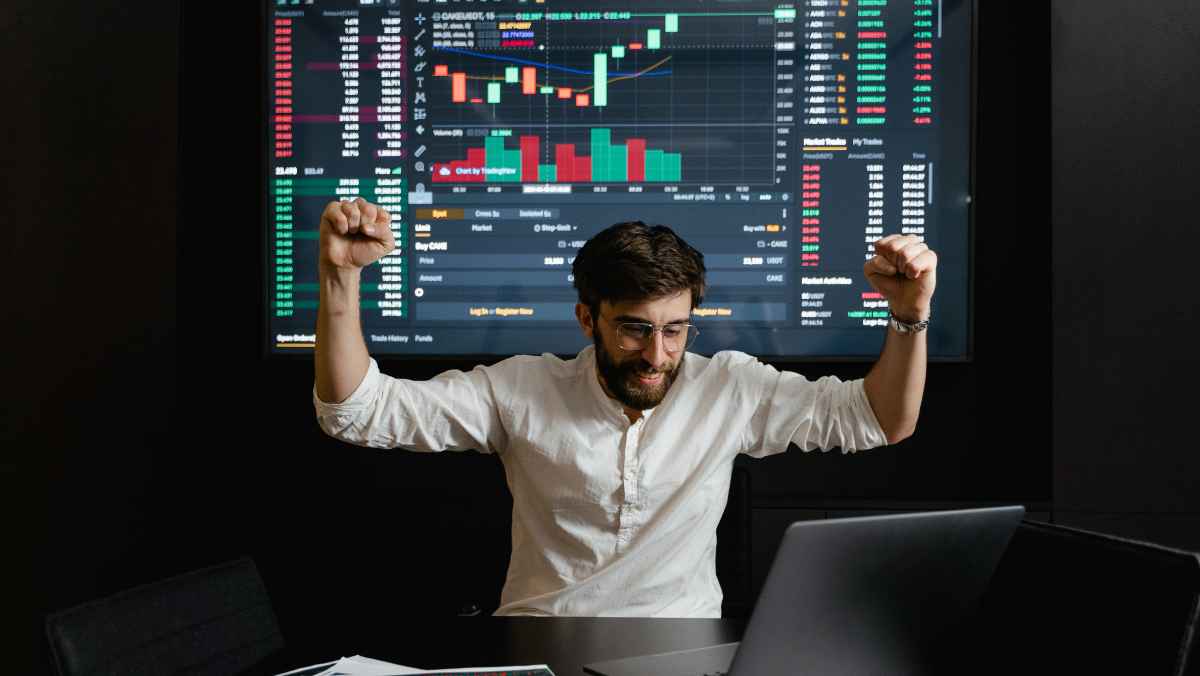Wednesday Oct 18 2023 13:28

5 min

When you trade ‘futures’, you enter into a contract to buy or sell your chosen asset on a specific date in the future, at a specific price.
How much the asset changes in price between the agreed date and the execution date doesn’t matter. Once a futures trade is agreed upon and signed, the buyer must complete purchase.
Futures are what’s known as a ‘derivative’, which means that you don’t actually own the asset. You simply speculate on the price movement.
Futures allow you to lock in the price of an asset now, so you can protect yourself against future market moves.
An example:
Imagine you choose to open a futures contract selling 50 shares of Company A at $1,000 a share to another trader.
It’s October when you place the trade. You agree to sell in December.
You are now guaranteed to get $50,000 for your shares in December.
Between October and December, the price of Company A’s share falls to be worth $800 per share.
If you now tried to sell your shares on the normal market, you would only get $40,000. (50 x $800.)
However, due to your futures contract, you receive the agreed-upon $50,000.
So, essentially, you’ve made $10,000 in profit over what the shares are actually worth at the current market price.
Of course, had the price risen to be worth $1,200 per share, your 50 shares would have risen to be worth $60,000.
In this case, you would have been forced to sell your shares for $10,000 less than they were worth. This is the potential downside of trading futures.
You can trade futures on a wide range of different assets, including:
And more.

Futures can be used to effectively hedge existing positions.
Imagine you take a normal, non-future $10,000 position in gold. If the price of gold falls, you will lose money.
To protect against this, you can open a futures contract where you agree to sell $10,000 worth of gold at the existing price to another trader.
Then, let’s say your non-futures trade falls to be worth $7,000. You have lost $3,000.
However, even though the gold on your futures contract is now worth only $7,000, you will still get $10,000 for it.
So, in practical terms, you end up losing $3,000 on your non-futures trade, but on the futures trade you get paid $3,000 more than the gold is now worth.
In this sense, your futures trade offsets some of your losses from the non-futures trade.
(This is quite a simplified explanation of hedging, which is a complex topic. Be sure to do your research before attempting to place ‘hedge’ trades.)

Futures commonly use leverage, which allows you to enter larger trades without needing to supply the full capital upfront.
Leverage is too complex a topic to explain in full here. We recommend you take a look at our in-depth guide here to get a more detailed explanation.
What we will say is that leverage is a high-risk trading tool, and using it means you can lose more than your initial capital. Do not enter into trades using leverage unless you fully understand the inherent risks.
As ever, never trade with money you cannot afford to lose.